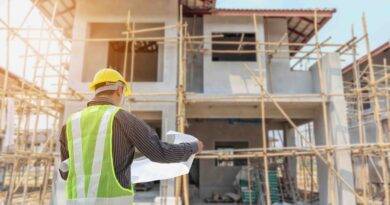Fannie Mae’s Report on Mortgage Rates and Home Sales Predicts 2025 Improvement
In September 2024, the economic outlook for the housing market reveals ongoing challenges despite recent declines in mortgage rates. While rates have decreased, home purchase activity remains stagnant, with existing home sales near cycle lows due to the “lock-in” effect and persistent affordability issues. The forecast for total home sales in 2024 has been revised down to 4.7 million, marking a slight decrease from 2023. Notably, existing home sales are anticipated to drop to their lowest pace since 1995, although a projected recovery in 2025 could see sales increase by nearly 10% if mortgage rates continue to decline. The anticipated easing of rates to 5.7% by the end of 2025 is expected to improve affordability and stimulate market activity.
Regional disparities in housing inventory are contributing to these sales challenges, particularly in Sun Belt and Mountain West states, where active listings have surged. In contrast, the Northeast and Midwest continue to experience tighter inventory levels. The strong lock-in effect—where homeowners with lower-rate mortgages are reluctant to sell—coupled with rising prices, has led many potential buyers to remain on the sidelines. As economic conditions evolve, including a projected 75 basis points of federal funds rate cuts by the end of the year, stakeholders in the homebuilding and development industries should closely monitor these trends and prepare for potential shifts in consumer sentiment and buying behavior over the coming months.
Despite the current challenges, there are reasons for optimism in the housing market forecast. New home sales are expected to remain robust, with a notable increase of 10.6% in June, reflecting a continued demand for new construction as buyers seek alternatives to the limited existing home inventory. Additionally, as mortgage rates are projected to decline further, affordability is likely to improve, potentially boosting consumer confidence and homebuyer activity by mid-2025. This positive trend may lead to a gradual recovery in existing home sales, with forecasts indicating a return to a more normalized pace as inventory levels adjust and builders continue to offer attractive incentives. Overall, while the near-term outlook is cautious, the combination of easing rates and strong new home sales could pave the way for a more vibrant housing market in the coming years.


